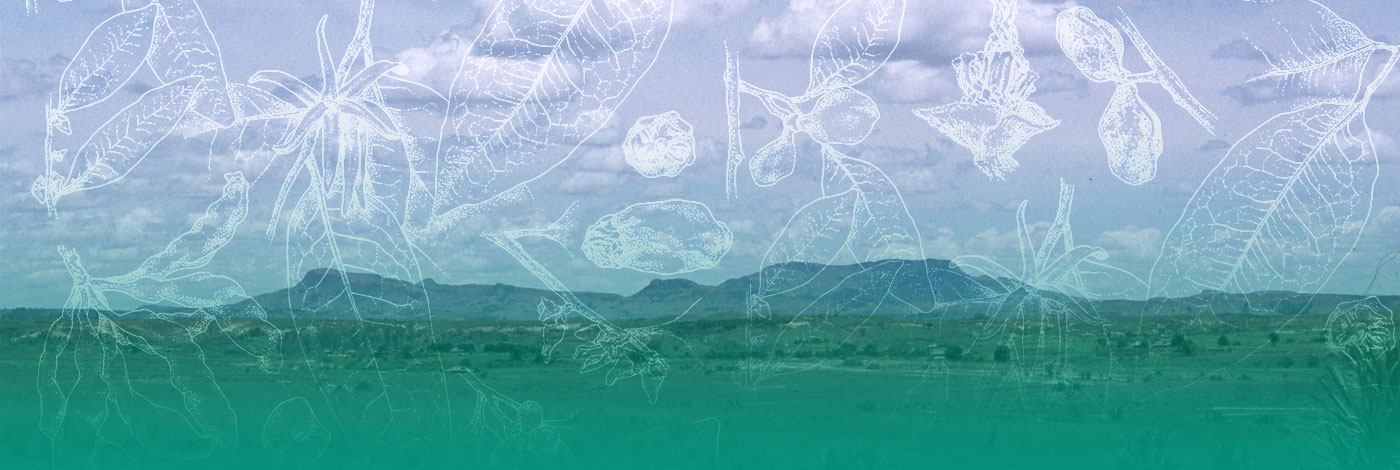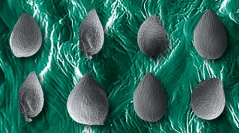

 Adansonia
44 (18) - Pages 183-198
Adansonia
44 (18) - Pages 183-198In the current research, we examined achene micromorphological characteristics of 21 species of Alchemilla L. (Rosaceae) from Iran using a scanning electron microscope. Our findings revealed diversity in achene micromorphological features. According to the results, four main types of achene surface pattern (irregular reticulate elevations, ruminate lineate elevations, ruminate elevations and depressions, uneven and irregular fine elevations), three main types (reticulate, ruminate and colliculate) and nine subtypes (reticulate-falsifoveate, reticulate-foveate, reticulate-alveolate, ruminate reticulate-foveate-tuberculate, ruminate foaveat-tuberculate, ruminate reticulate-tuberculate-lineolate, colliculate with rugose, with fine folding and with papillae) of achene sculpturing were identified. We used multivariate analysis to determine species relationships. The results displayed that, achene width, base type, surface pattern, sculpturing, anticlinal cell wall, and outer periclinal layer types, epidermal cell wall type and shape, and hilum position are taxonomically informative and providing useful tools for species identification. The results of cluster and principal component analysis explained a close affinity among the studied species. However, this was not consistent with the current classification, except for four species (Alchemilla sericata Rchb., A. rigida Buser, A. caucasica Buser and A. erythropoda Juz.). An identification key based on diagnostic micromorphological characters of achene is presented. The obtained results from the present study slightly support the previous classifications.
Rosaceae Alchemilla, achene, Scanning electron microscopy, Principal component analysis, identification key